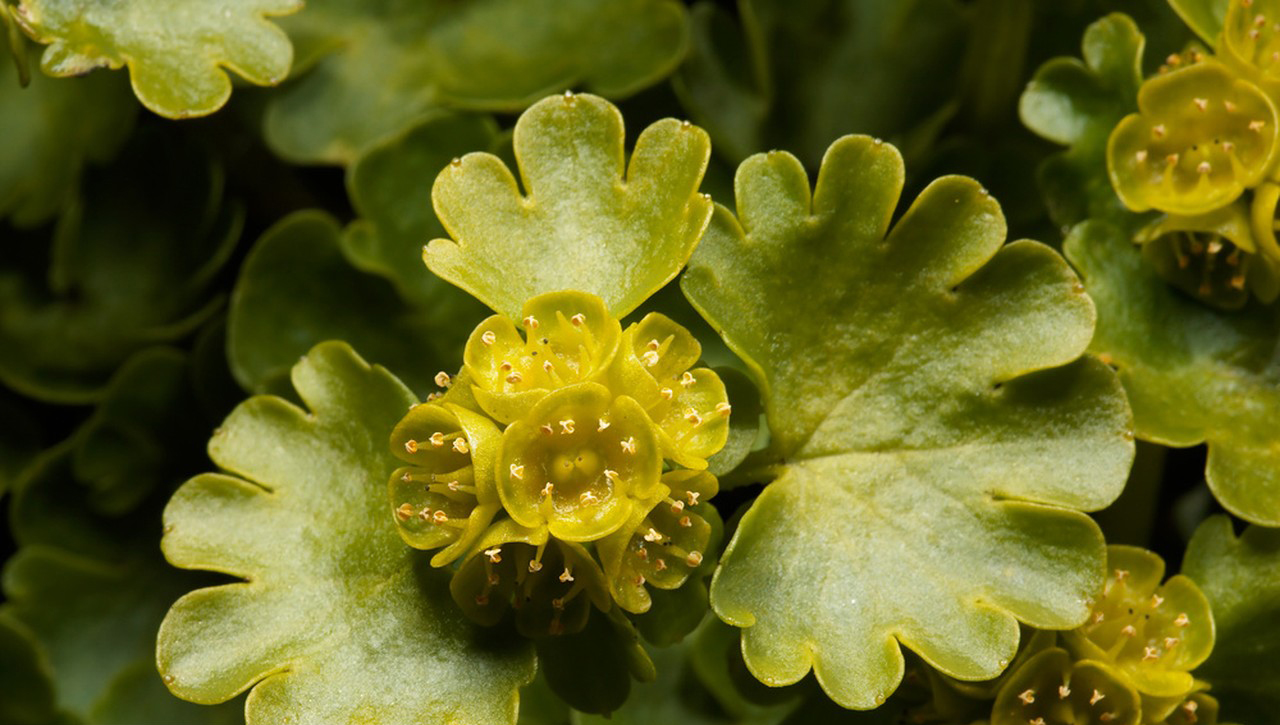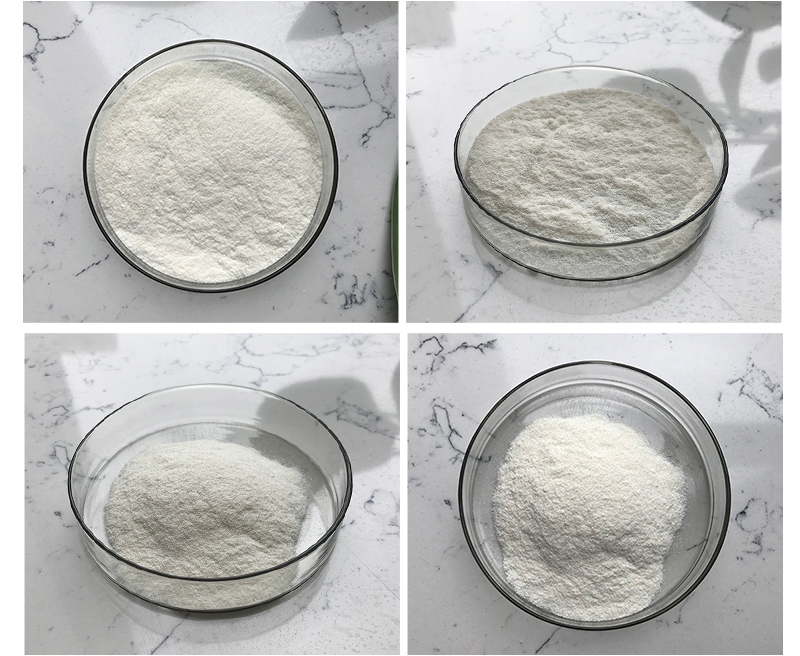Origin of Chitosan
- Chitosan is a biopolymer derived from chitin, which is a natural polymer found in the exoskeletons of arthropods (like shrimp, crabs, and lobsters) and the cell walls of fungi. Chitin is the second most abundant biopolymer on Earth, after cellulose.
- To obtain chitosan, chitin undergoes a process called deacetylation, where the acetyl groups attached to the chitin molecule are removed by treatment with an alkaline substance (usually sodium hydroxide), making it soluble in acidic solutions.

Properties of Chitosan
- Biodegradable: Chitosan is a natural polymer and is biodegradable, which makes it environmentally friendly compared to synthetic polymers.
- Biocompatible: It is non-toxic and generally considered safe for use in biological and medical applications.
- Antimicrobial: Chitosan has inherent antimicrobial properties, which make it effective in food preservation, wound care, and medical applications. It can inhibit the growth of bacteria, fungi, and other pathogens.
- Polymer Structure: Chitosan is a polysaccharide made up of glucosamine and N-acetylglucosamine units, which are similar to those found in human cartilage.
- Solubility: Chitosan is soluble in acidic solutions (pH below 6), which makes it easy to process and use in various formulations.
- Cholesterol-lowering: Some studies have shown that chitosan may help reduce cholesterol levels by binding to dietary fats and preventing their absorption in the digestive system.
- Fat-Binding: It is often marketed in weight loss supplements due to its ability to bind dietary fats and prevent their absorption.
- Film-forming and Thickening: Chitosan has excellent film-forming properties, making it useful in packaging, food coatings, and cosmetics.
- High Surface Area: Chitosan has a high surface area, which is advantageous in applications such as water purification, where it can adsorb heavy metals and other contaminants.

Applications of Chitosan
- Biomedical: Chitosan is used in wound dressings, drug delivery systems, tissue engineering, and as a surgical suture material due to its biocompatibility and antimicrobial properties.
- Agriculture: Chitosan is used as a natural pesticide and to promote plant growth. It can also help improve soil quality and is often used in organic farming.
- Food Industry: It is used in food preservation, as a fat replacer in low-fat foods, and as a food coating to extend shelf life.
- Cosmetics: Chitosan is used in creams, lotions, and shampoos for its moisturizing, anti-aging, and skin-repairing properties.
- Wastewater Treatment: Chitosan is used for water purification, specifically in removing heavy metals, dyes, and organic pollutants.
- Weight Management: Some dietary supplements use chitosan for its ability to bind fats and promote weight loss.
Brief Introduction
Chitosan is a versatile and naturally occurring biopolymer, primarily extracted from the shells of crustaceans. With its unique combination of biocompatibility, biodegradability, and functional properties like fat-binding and antimicrobial activity, it has found applications across diverse industries, ranging from medicine and agriculture to food and environmental management.
